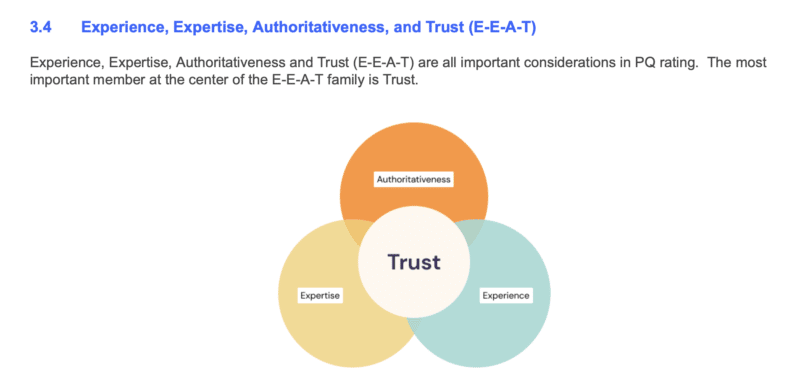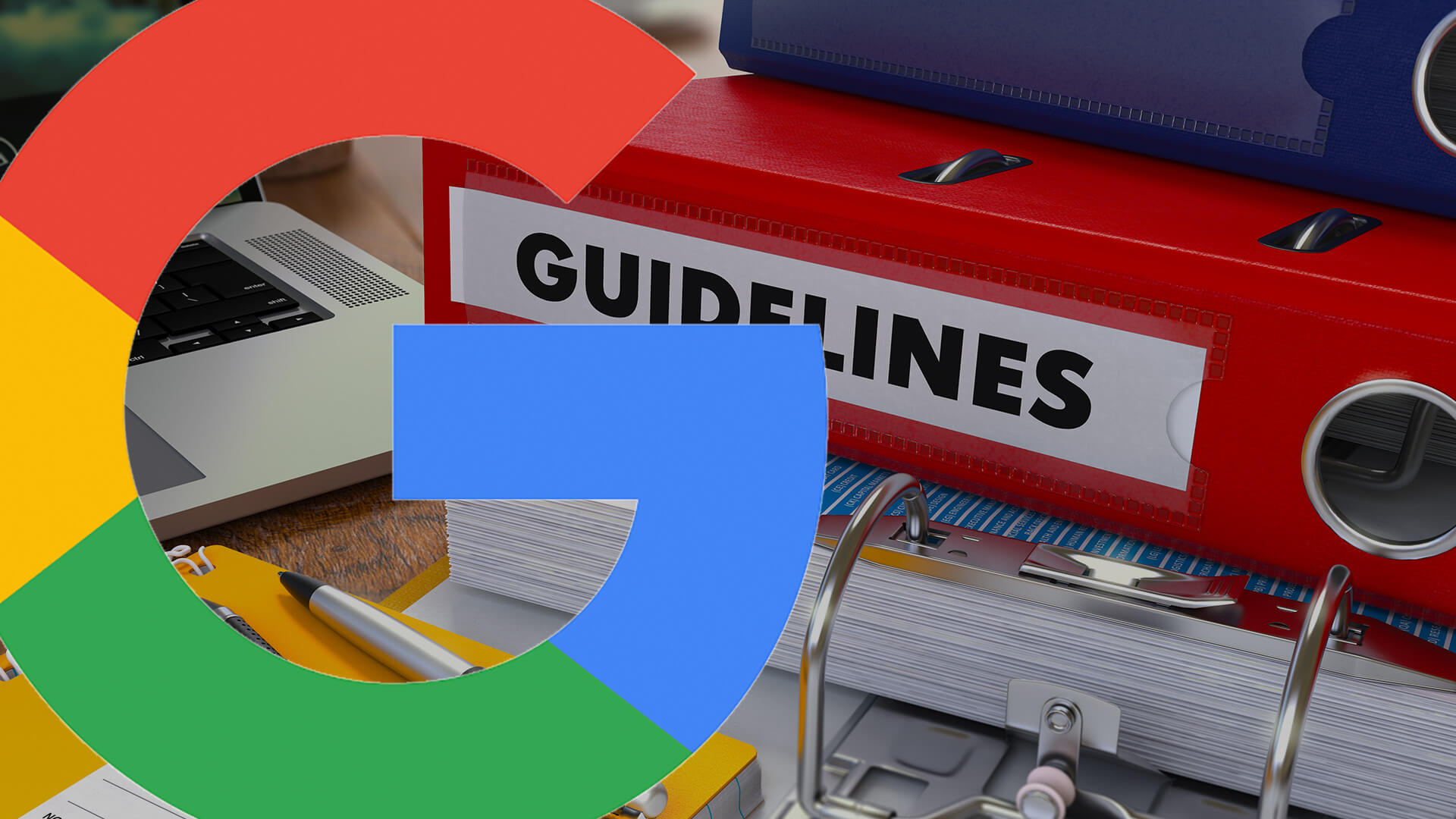Google doubles up on E with updated search quality raters guidelines (E-E-A-T)
Add an E to E-A-T with experience, expertise, authoritativeness and trustworthiness.
Google has updated its search quality raters guidelines for the second time in 2022, only four and a half months since its last update in July 2022. This revised document has some substantial changes to E-A-T, by adding an extra E to E-A-T for “experience.” The document is now about nine-pages longer, adding up to 176 pages up from 167 pages in the previous version.
Double-E-A-T. Yes, Google has added a letter to E-A-T, adding an extra E and going with E-E-A-T. This now stands for experience, expertise, authoritativeness, and trustworthiness.
Experience. What does the new E for experience add? Google said it adds another level of, a new dimension of quality to assess its search results. What is Google looking for with experience? Google said when you write the content, does that “content also demonstrate that it was produced with some degree of experience, such as with actual use of a product, having actually visited a place or communicating what a person experienced?”
Google explained that there are “some situations where really what you value most is content produced by someone who has first-hand, life experience on the topic at hand.”
Google shared this example, “if you’re looking for information on how to correctly fill out your tax returns, that’s probably a situation where you want to see content produced by an expert in the field of accounting. But if you’re looking for reviews of a tax preparation software, you might be looking for a different kind of information—maybe it’s a forum discussion from people who have experience with different services.”
Google said in the updated guidelines that Experience, Expertise and Authoritativeness are important concepts that can support your assessment of trust, with trust being the most important member of E-E-A-T. Here is the diagram Google created to illustrate this on page 26 of the PDF:

Google said, “trust is the most important member of the E-E-A-T family because untrustworthy pages have low E-E-A-T no matter how Experienced, Expert, or Authoritative they may seem.” How does experience differ from expertise? Google said, “pages that share first-hand life experience on clear YMYL topics may be considered to have high E-E-A-T as long as the content is trustworthy, safe, and consistent with well-established expert consensus. In contrast, some types of YMYL information and advice must come from experts.”
One last example and there are many more, of experience mentioned in the guidelines is where Google said on page 51 where Google described when a page has low E-E-A-T when “the content creator lacks adequate experience, e.g. a restaurant review written by someone who has never eaten at the restaurant.”
What else was updated. Google notated on the final page of the revised PDF (download it here), these changes:
- Broadly refreshed concepts and rating criteria in ‘Part 1: Page Quality Guideline’ to be more explicitly applicable to all types of websites and content creation models
- Clarified guidance on ‘Finding Who is Responsible for the Website and Who Created the Content on the Page’ for different webpage types
- Added summary table with the top ‘Page Quality Considerations’ involved in PQ rating, which carry through to each PQ rating section (Lowest to Highest)
- Refined/expanded guidance on the following core pillars of Page Quality Rating:
- ‘Main Content Quality’
- ‘Reputation for Websites and Content Creators’
- ‘Experience, Expertise, Authoritativeness, and Trust (E-E-A-T)’
- Reordered PQ rating sections from Lowest to Highest; streamlined transitions
between these sections; de-duped existing guidance and examples as appropriate - Added more guidance and clarifications to sections: ‘Pages with Error Messages
or No MC’, ‘Forums and Q&A Pages’, and ‘Page Quality Rating FAQs’ - Reformatted lists of concepts and examples into tables (throughout/as appropriate)
- Minor changes throughout (updated language, examples, and explanations for
consistency across sections; removed outdated examples; fixed typos; etc.)
This is not an exhausted list of what changed, but Lily Ray has posted a more in-depth review of the changes.
Why we care. Although search quality evaluators’ ratings do not directly impact rankings (as Google clarified in the document), they do provide feedback that helps Google improve its algorithms. It is important to spend some time looking at what Google changed in this updated version of the document and compare that to the previous version of the document to see if we can learn more about Google’s intent on what websites and web pages Google prefers to rank. Google made those additions, edits, and deletions for a reason.
The additional dimension of “experience” is an important one that Google has been hinting at for a long time. It is nice to see them document it and pull it out as one of the four core aspects of defining quality.
Related stories
New on Search Engine Land
E-E-A-T and major updates to Google’s quality rater guidelines
Google doubles up on E with updated search quality raters guidelines (E-E-A-T)
The latest jobs in search marketing
Top 5 search marketing trends and 3 must-haves for 2023
Google Question Hub to close down







